ISSN ONLINE(2319-8753)PRINT(2347-6710)
ISSN ONLINE(2319-8753)PRINT(2347-6710)
| Ajinkya Kaware1, Prof. U.R.Awari2, Prof. M.R.Wakchaure3 PG Student, Department of Civil Engineering, A.I.S.S.M.S C.O.E. Pune, Maharashtra, India1 Associate Professor, Department of Civil Engineering A.I.S.S.M.S C.O.E. Pune, Mahrashtra, India2 Associate Professor, Amrutvahini C.O.E Sangamner, Mahrashtra, India3 |
| Related article at Pubmed, Scholar Google |
Visit for more related articles at International Journal of Innovative Research in Science, Engineering and Technology
Bamboo being a grass and botanically belongs to family “Poaceae”. It completes its growth within month’s time and gets mature within 3 years. In Maharashtra it is commonly named as “velu”. Species of bamboo change as per topography and climatic conditions. It has good tensile and compression strength. As per review dendrocalamus strictus, bambusa vulgaris schard are species of bamboo which has highest value of tensile and compression strength. This paper represents design and testing of Bamboo reinforced concrete column to be casted with bamboo reinforcement varying from 2.5 % to 4 % at an increment of 0.5 with 3 rectangular specimen of size 230 x 150 x 750 mm3, 3 specimen of square column 150 x 150 x 750 mm3 and 230 mm diameter and 750 mm length 3 circular specimens for each increment in reinforcement. Above mentioned column are compared with steel reinforced concrete column of similar dimension, numbers and shape with minimum steel reinforcement as mentioned in IS 456: 2000. The specimens are tested in UTM.
Keywords |
| ‘poaceae’,‘velu’, topography and climatic condition, tensile and compression strength, bamboo reinforcement. |
INTRODUCTION |
| The development of science & technology is a continuing quest for improvement in infrastructure of world around us. The structures in nature are great lessons for human study only the most eco- friendly structural forms have survived. The profound capacity respond to a variety of climatic and environmental forces, makes a natural form of tremendous exemplars to numerous fields of structural design. |
| A natural material which is available in bulk and ease of use in the rural areas in the developing countries is bamboo. Bamboos occur mostly in tropical and subtropical areas, from sea level to snowcapped mountain peaks, with a few species reaching into temperate areas. |
| After some years steel reinforcement may no longer be available. Then we will have to find an alternative to steel, as bamboo being a natural material and is abundantly available in most of the part of earth it can be a replacement for steel in reinforced concrete structure for green building and low cost housing purpose. |
| The major application of bamboo is for construction and housing. It is estimated that one billion people live in bamboo houses. For ages bamboo has been used in construction and currently they are used as props, foundations, framing, scaffolding flooring, walls, roofs and trusses. Bamboos are tied together to make grid reinforcement and placed in soft clay to solve deformation problems in embankments. In rural part of India mostly bamboo is use as reinforcement in mud walls as it has quit high strength. |
| In this paper for studying on various issues of bamboo reinforced concrete analysis and comparison of steel and bamboo reinforced column is made. |
II. MATERIAL AND METHEDOLOGY |
| In order to conduct the compression tests, it was necessary to design the axially bamboo reinforced column varying from 2.5 % to 4 % at an increment of 0.5 % with 3 rectangular specimen of size 230 x 150 x 750 mm3, 3 specimen of square column 150 x 150 x 750 mm3 and 230 mm diameter and 750 mm length 3 circular specimens for each increment in percentage. The concrete used was of M 20 grade and steel used was Fe 500 MPa. The bamboo used was of Dendrocalamus strictus species and its compression strength was carried out experimentally using IS 6874: 1973 was 66 MPa. The columns were designed as per IS 456: 2000.First, the bamboo samples were cut to the proper size and shape. The thickness, along with the width, differed between the samples because Bamboo is a natural material whose physical properties vary. For this reason a careful dimensioning of the sample was done before utilizing the bamboo. Split bamboo reinforcement should be reasonably straight. Its width should not exceed 20 to 25 mm. While placing, the basal and the distal ends of the reinforcement must be alternated, to obtain a uniform reinforcement area along the length of the member. The bamboo samples were treated with black Japan for water absorption. These bamboo reinforced columns were compared with axially reinforced steel concrete column which design for minimum reinforcement as per IS 456: 2000. These columns were tested under 100T capacity UTM. |
III. RESULTS |
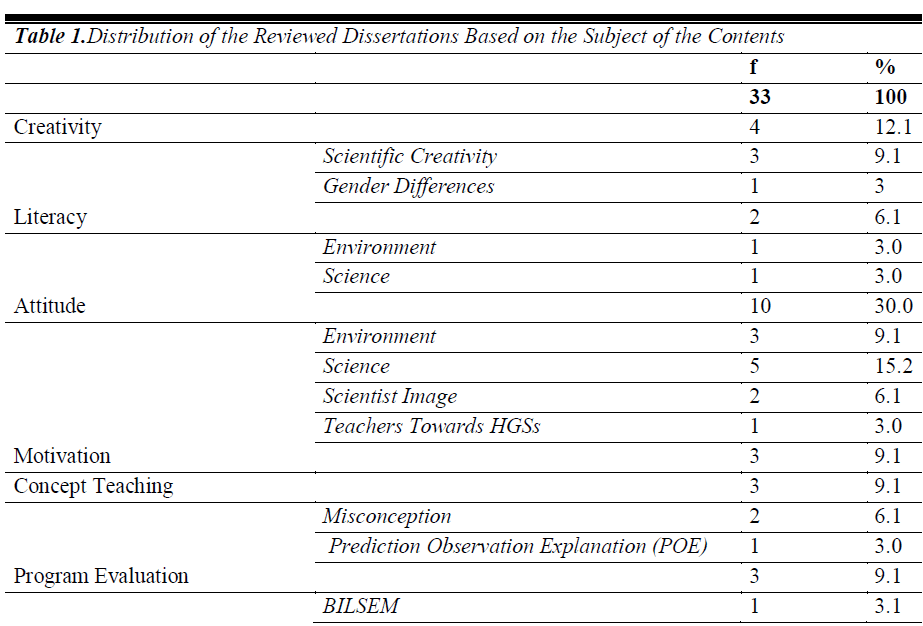 |
 |
 |
 |
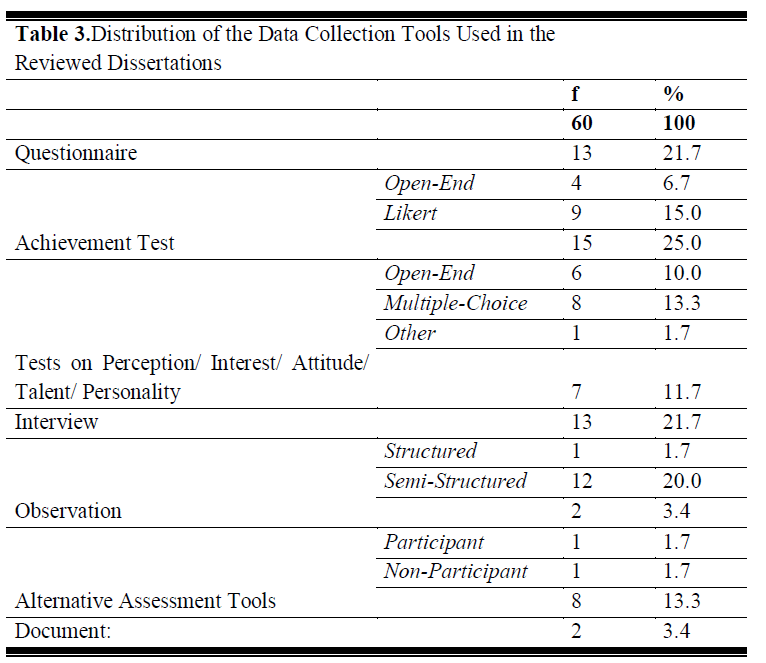 |
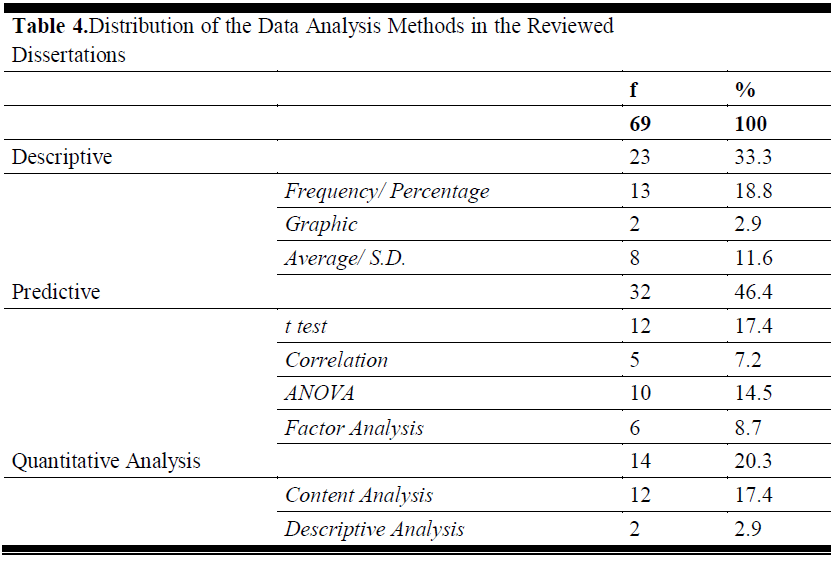 |
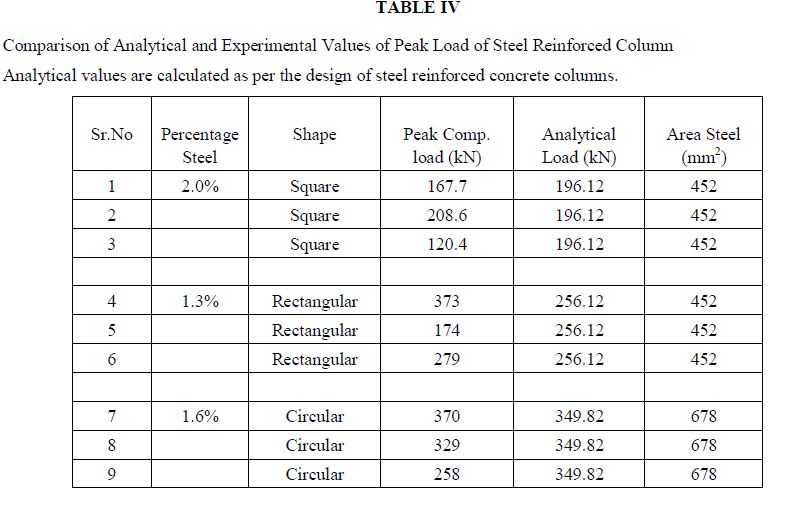 |
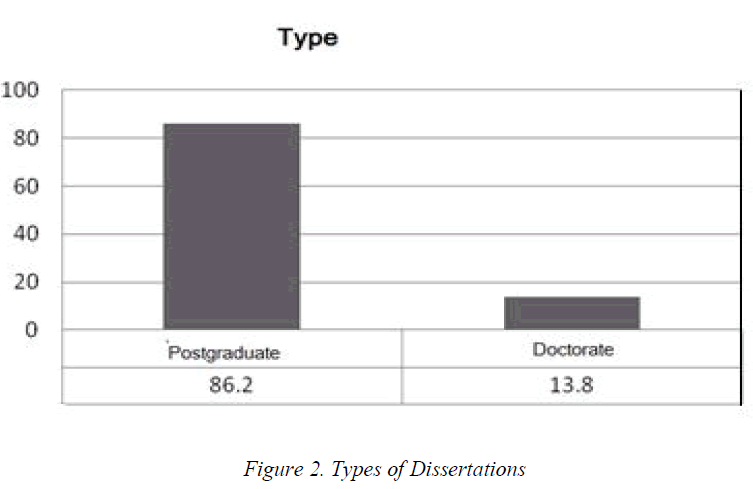 |
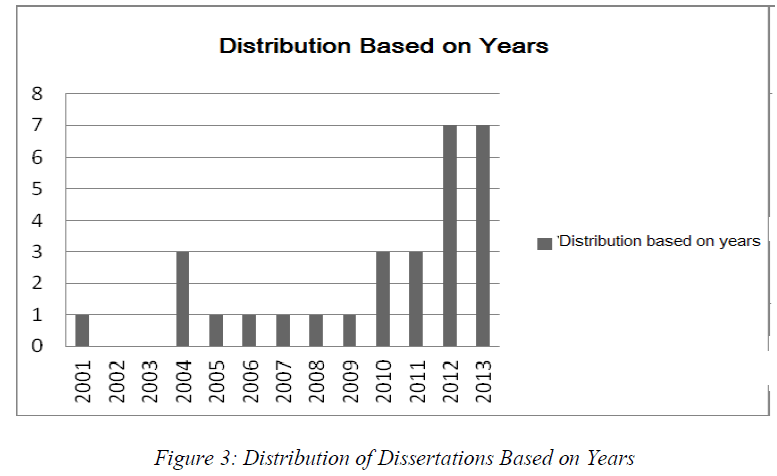 |
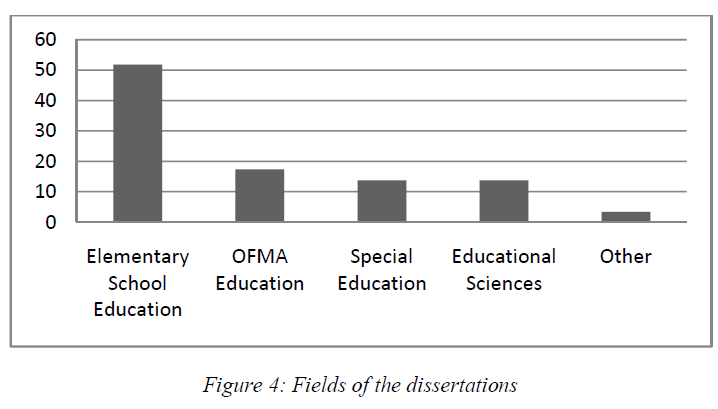 |
IV. DISCUSSION |
| The maximum load carried by square, rectangular & circular column for 2.5% bamboo reinforcement 192.9 kN, 317 kN, 329 kN, for 3% bamboo reinforcement 170 kN, 280 kN, 366 kN, for 3.5% bamboo reinforcement 196.5 kN, 290 kN, 360 kN & for 4% bamboo reinforcement 185 kN, 285 kN, 340 kN respectively. These test result suggest that with increase in reinforcement with similar lateral dimension there is relative difference in strengths. The increase in reinforcement resulted in lower cracking load and further caused decrease in ultimate strength of column. The maximum loads carried by square, rectangular and circular column for minimum steel reinforcement were 208.6 kN, 373 kN & 370 kN respectively. The lateral dimension of bamboo reinforced column should be increased in comparison to steel reinforced column for attaining desired strength. The test results prove that bamboo can be used as reinforcement in low rise & low cost structures as it has good load carrying capacity. The bamboo reinforced column showed typical load- deformation and compression stress-strain as of steel reinforced column. Failure pattern of bamboo reinforced column were of similar pattern with fissures at edges and cracks along the length. The failure confinement acted in two different parts i.e. bamboo reinforcement and concrete form two different failure confinements for 150 mm square column. For using bamboo reinforced concrete column minimum dimension should be greater than 150 mm to avoid confinement problems. Bamboo reinforced column attained the desire strength as compare with steel column. Proper casting should be done under skilled supervision and by skilled labors to avoid specimen damages. |
V. CONCLUSION |
| ïÃâ÷ Split bamboo reinforcement should be reasonably straight. Its width should not exceed 2 to 2.5 cm. While placing, the basal and the distal ends of the reinforcement must be alternated, to obtain a uniform reinforcement area along the length of the member. |
| ïÃâ÷ Bamboo reinforced concrete column achieved desired strength. Failure occur in compression are of similar pattern. Fissures at the edges and cracks along the length of column. |
| ïÃâ÷ Minimum width or depth of column should be 230 mm as for 150 mm the bamboo splits does not create unique confinement for reinforcement. |
| ïÃâ÷ Proper workmanship and skilled supervision helps in getting desire strength. Compaction of concrete should be adequate or else honey combed structure are created. |
| ïÃâ÷ Bamboo reinforcement should be coated with black Japan as it has good water repellent and bond quality. |
| ïÃâ÷ Bamboo should season for at least 6 months before using it as reinforcement. |
| ïÃâ÷ Bamboo reinforcement should not be exposed to environment as it created defects like swelling and decay. |
| ïÃâ÷ For lateral dimension less than 230 mm two different confinements of bamboo reinforcement and concrete cover occur. As it does not maintain uniqueness in design we find two different failure patterns of reinforcement and outer cover. |
| ïÃâ÷ Load displacement and stress strain curves in bamboo reinforce column show typical pattern as in steel reinforce column. |
| ïÃâ÷ For low cost housing projects bamboo reinforce structure is feasible and gives desired strength. |
| ïÃâ÷ Steel formwork should be used for good quality and for achieving desired strength. |
| ïÃâ÷ Based on the limited number of testing conducted, it was concluded that Bamboo can potentially be used as substitute for steel reinforcement. However, for regions of the world that availability of steel is limited and plain concrete members are commonly being used, the use of reinforced bamboo concrete is highly recommended. |
References |
|